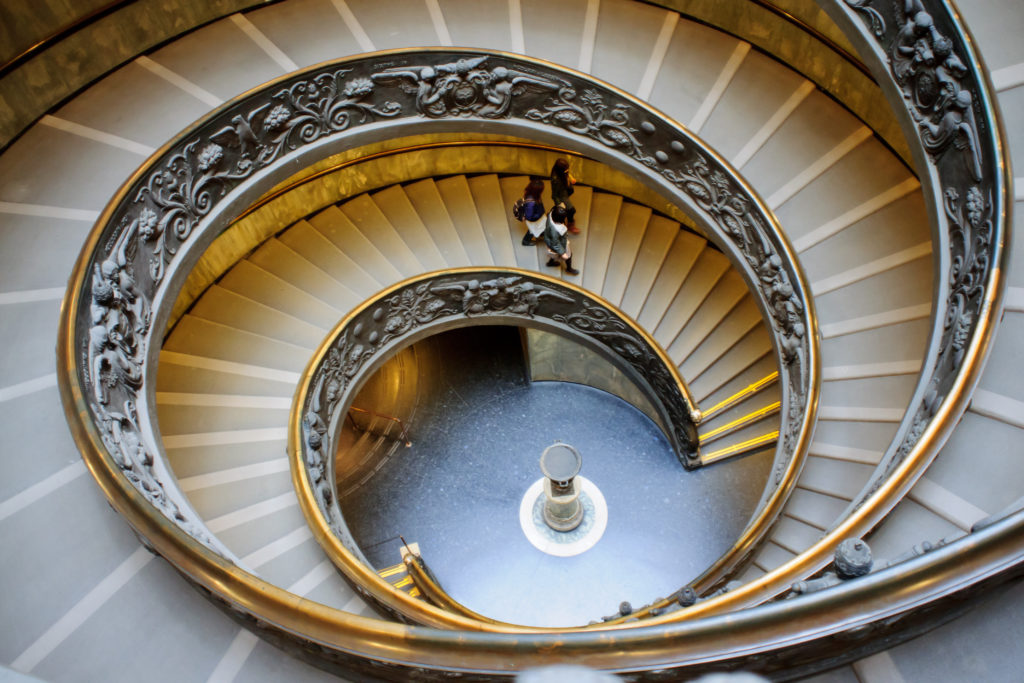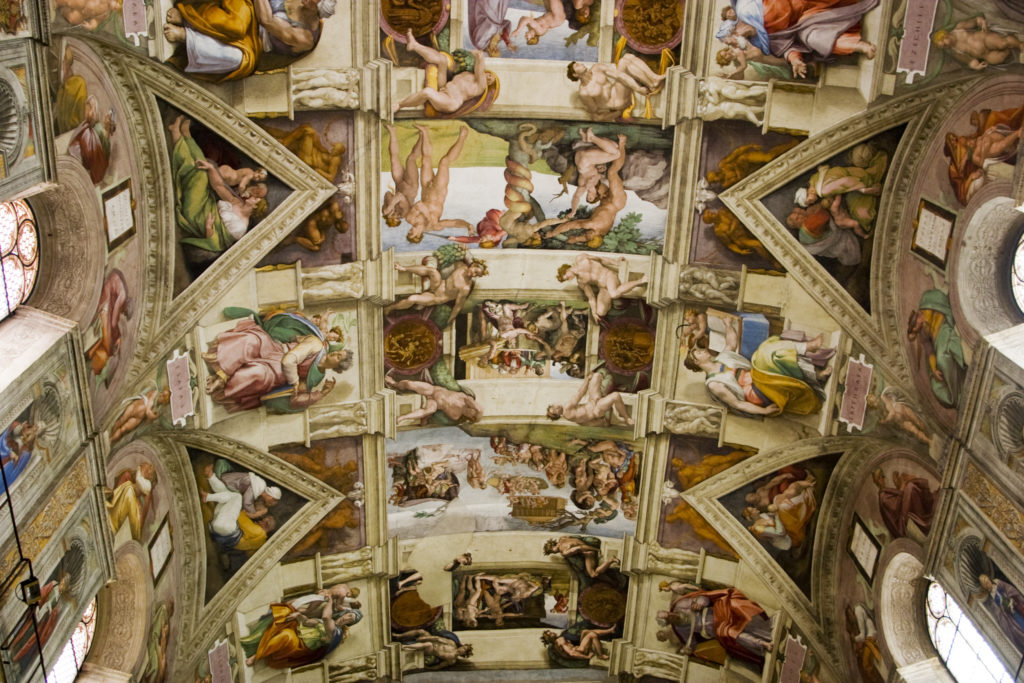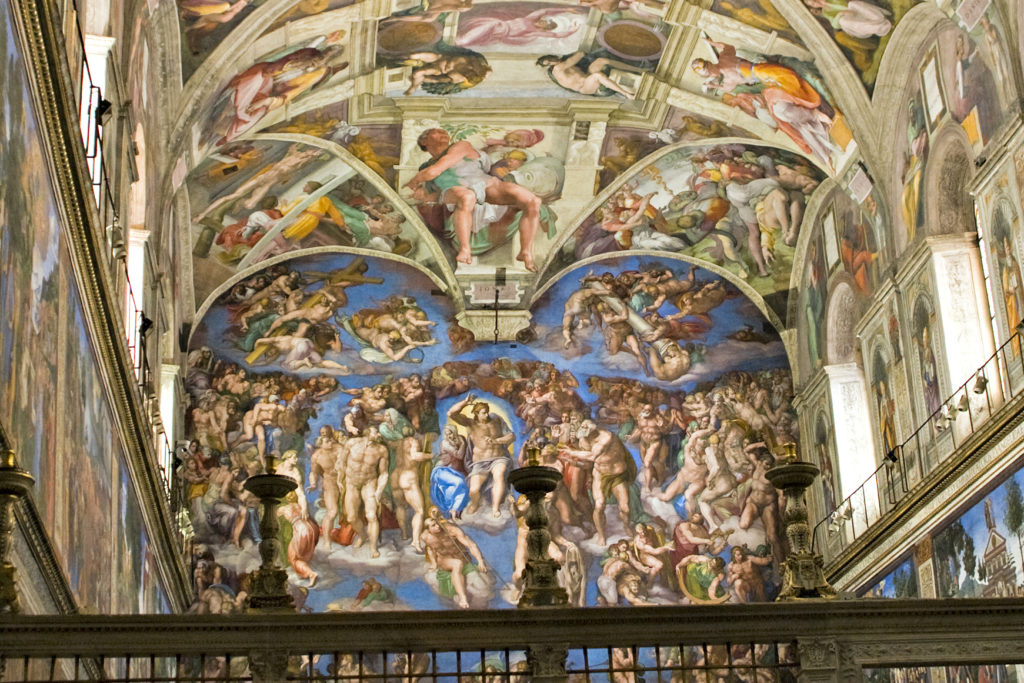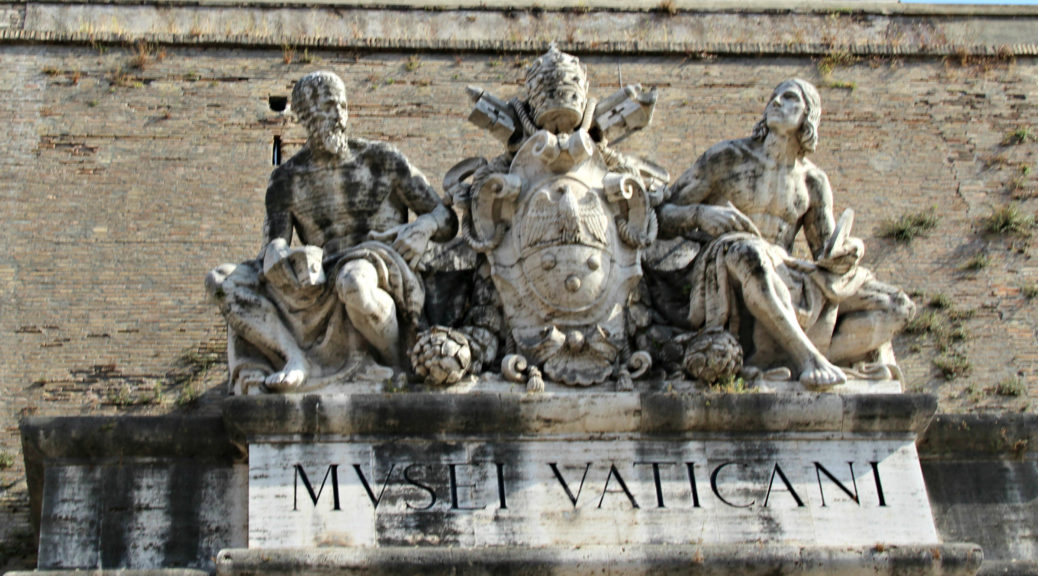
Vatican Museum and Sistine Chapel
Our visit to the Vatican Museum and Sistine Chapel was certainly special. Tauck had arranged an after-hours visit. Being able to see the Museum and Sistine Chapel without large crowds was a wonderful opportunity. If you visit the Vatican Museum, be sure to take in everything – you will see incredible ceilings, mosaic floors, decorative windows and medallions on the walls. They may not seem like the featured exhibits, but you will want to appreciate them as well.
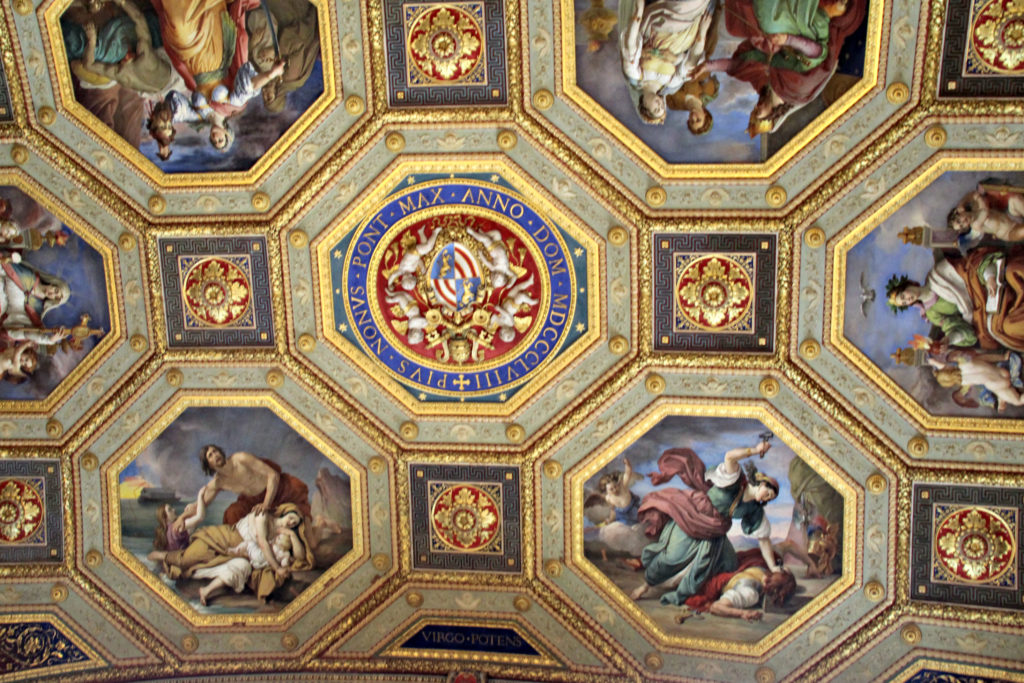
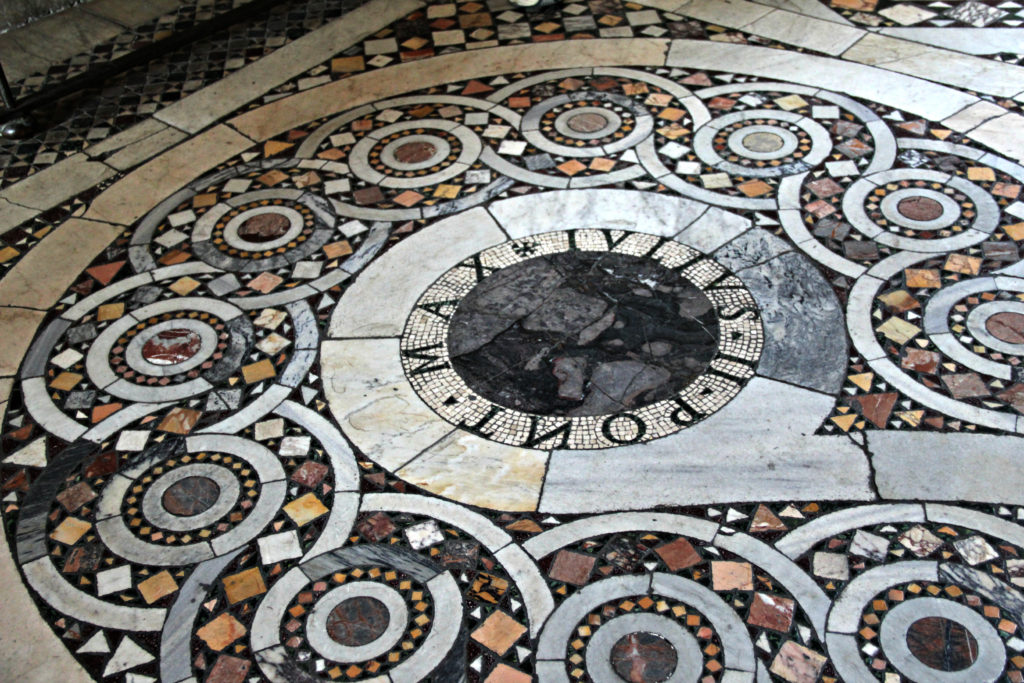
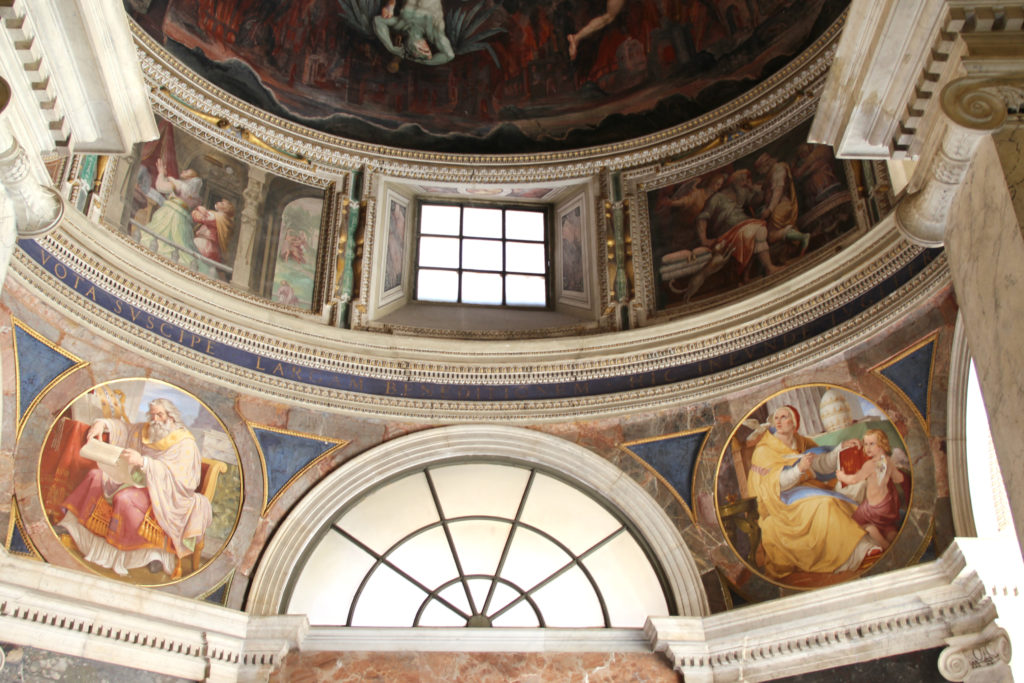
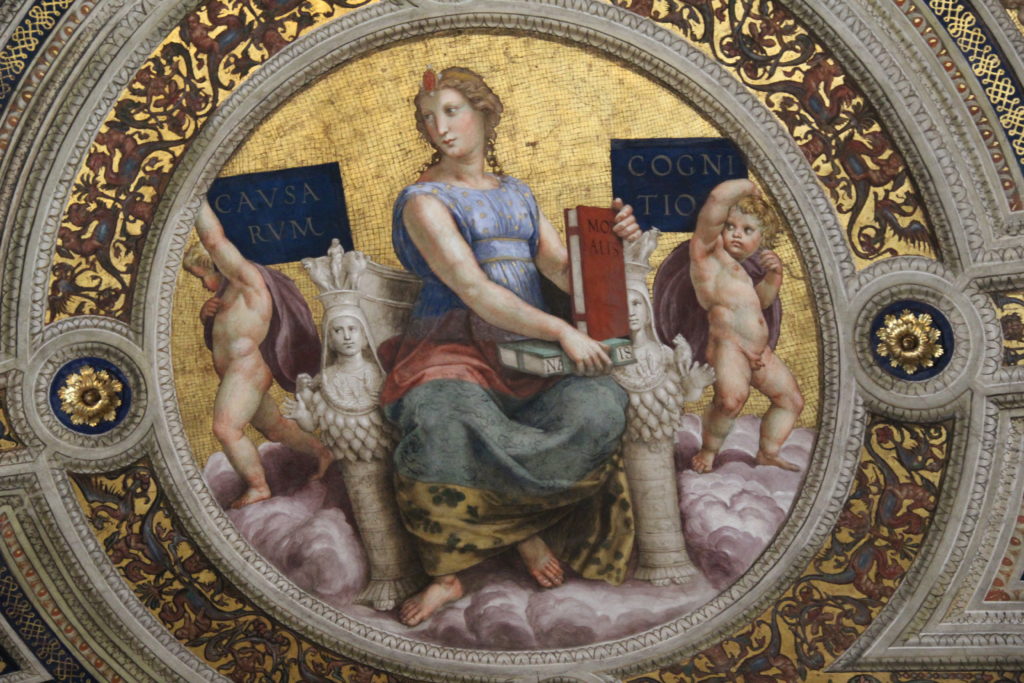
In the Vatican Museum, we first visited the Gallery of Tapestries. They were created in Brussels in the 1500’s from drawings made by Raphael’s students. They originally hung in the Sistine Chapel but were moved to this Gallery in 1838. The first picture is a tapestry entitled “Adoration of the Magi.” If you look in the bottom, left corner, you will see our guide – this will give you a sense of the size of the tapestries. The other two I have included are “Adoration of the Shepherds” and “Massacre of the Innocents.” This last one depicts King Herod’s order to kill baby boys.
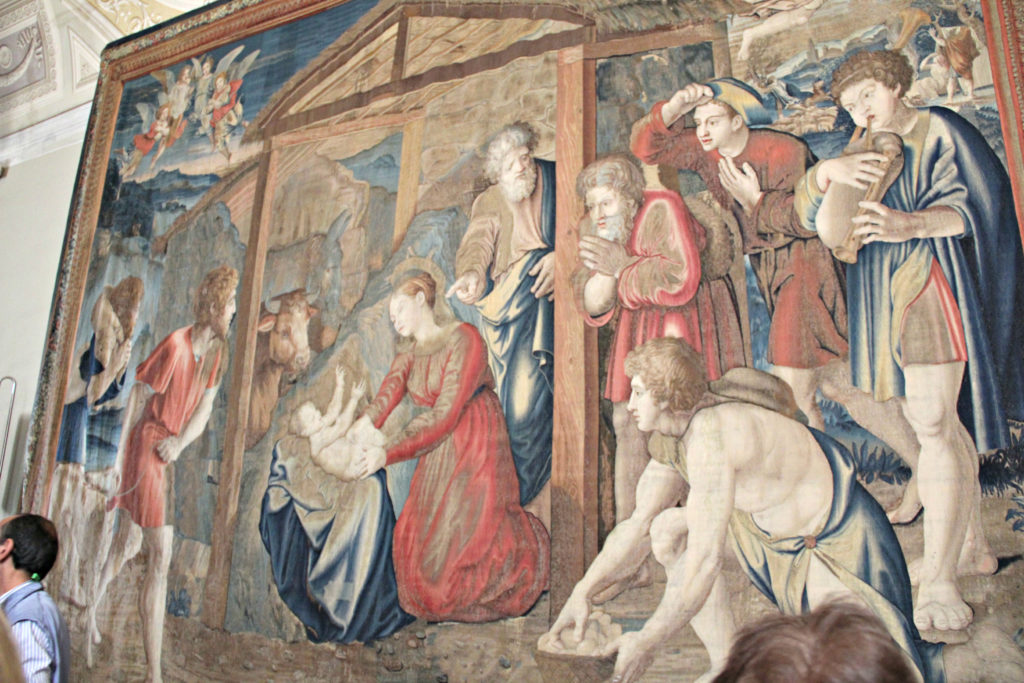
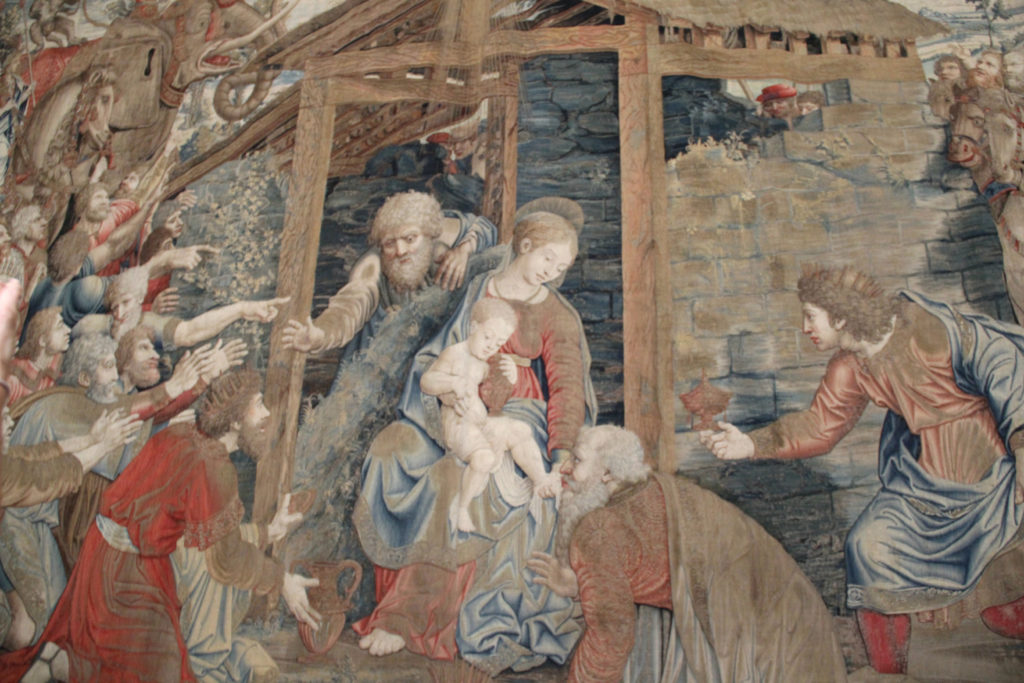
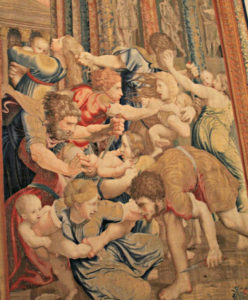
We also saw the Gallery of Maps. While the maps were interesting, the ceiling was an amazing work of art! The first two pictures are maps that were displayed. The third picture will give you a sense of the ceiling, and is followed by a detailed section of the ceiling. The last picture is at the end of the Gallery of Maps hall. The Gallery of Maps was one of the most beautiful halls we visited.
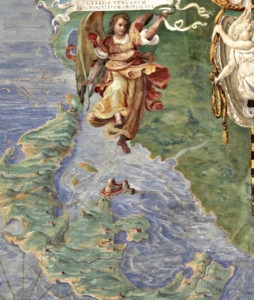
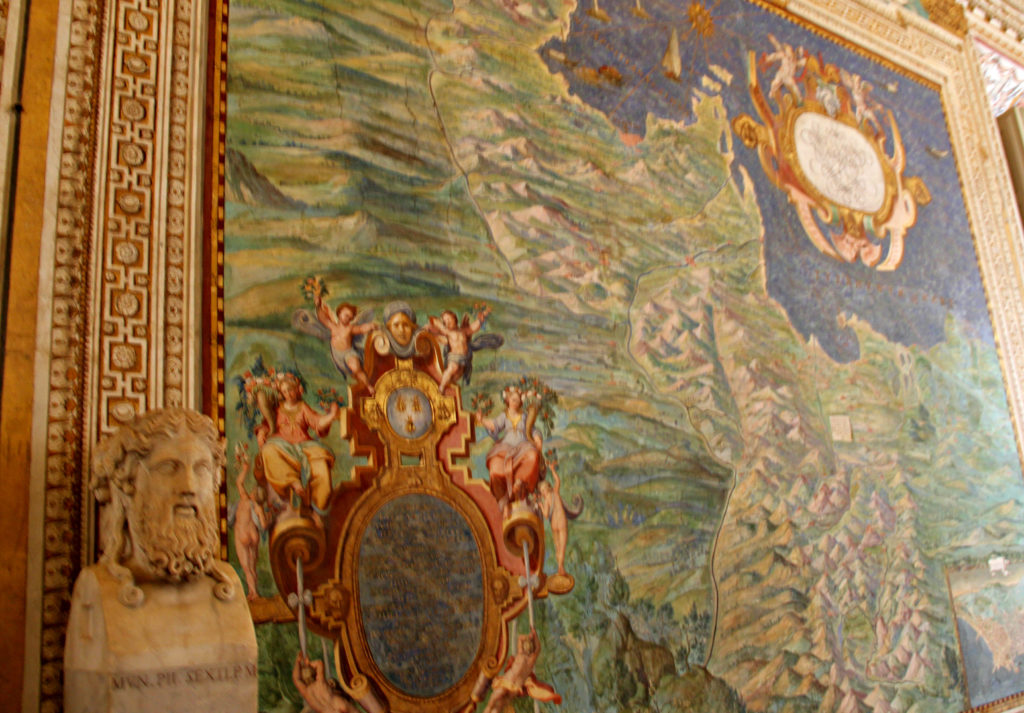
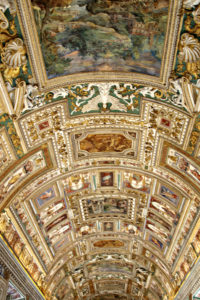
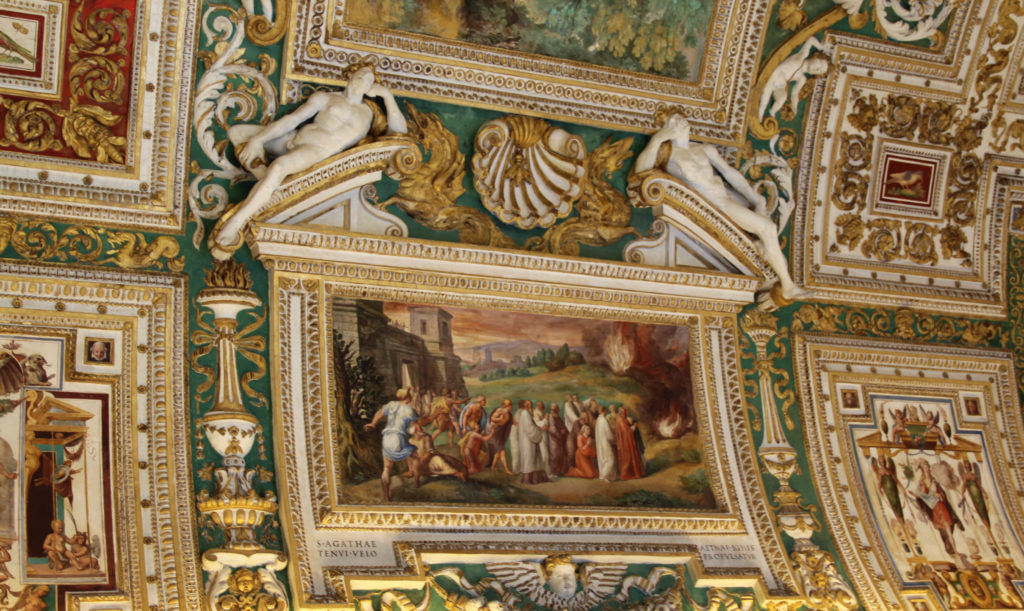
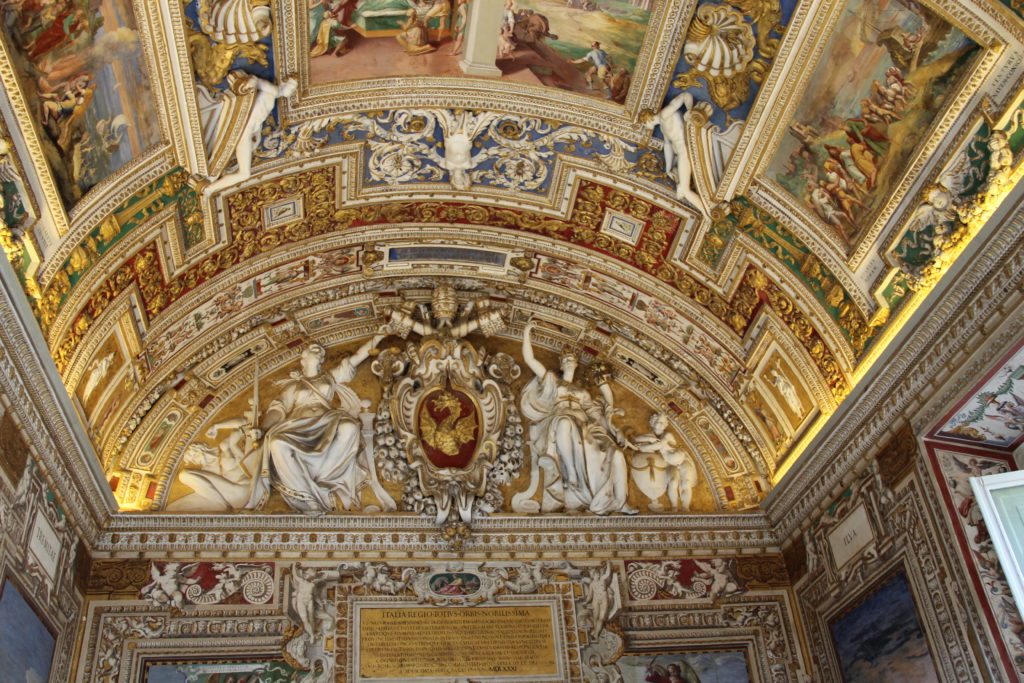
There were many more rooms of art that we saw while visiting the Vatican Museum. I will share just a few more pieces with you. One of my favorite paintings was a fresco by Raphael, called the School of Athens. I had read about this painting before we left on our trip and was very pleased to actually see it. There are lots of stories associated with the painting that you may enjoy reading. Very basically, Raphael painted the mathematicians, philosophers and scientists of classical times. Philosophers are on the left and scientists are on the right. The second picture shows part of the painting in more detail. Plato and Aristotle are pictured. Plato is pointing up (perhaps representing higher thinking) and Aristotle is pointing down (the tangible world).
The next picture is the fresco, “The Liberation of Saint Peter.” It is also by Raphael. The fresco has three parts – unfortunately, my picture focuses on the middle with parts of the left and right missing. On the left are the soldiers guarding St. Peter. In the middle, an angel is waking St. Peter and in the right, she is escorting him from the prison.
The fourth picture is a fresco by Tommaso Laureti and is entitled “Triumph of the Christian Religion.” It was painted in 1585. The painting shows broken idols on the floor in front of the image of Christ.
The final picture is a fresco showing the plan for St. Peter’s Basilica. The fresco was completed in the 16th Century.
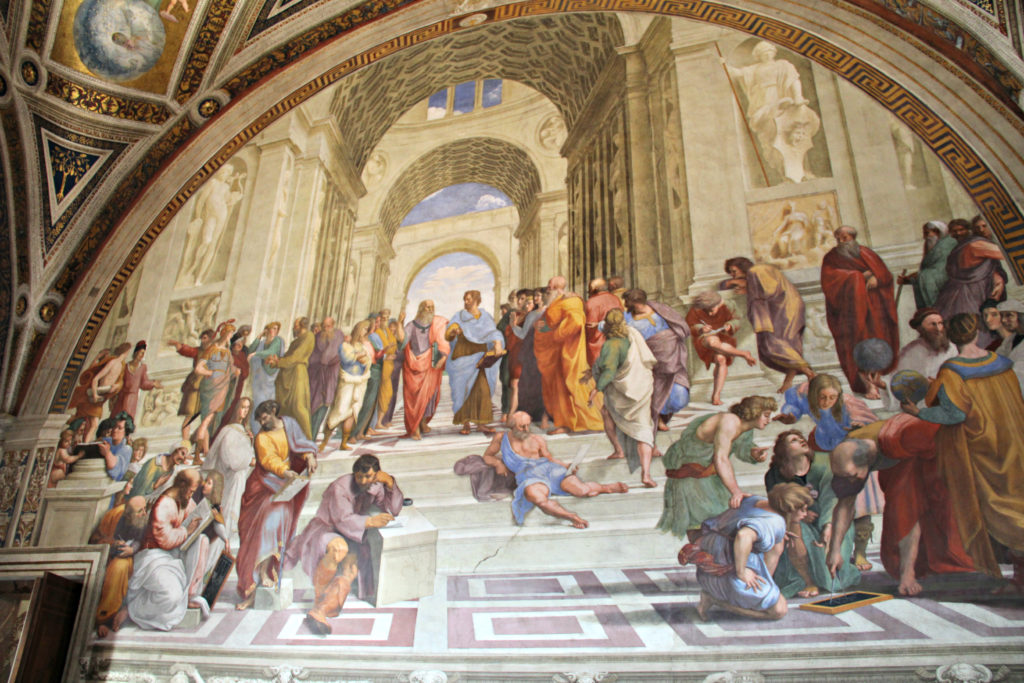
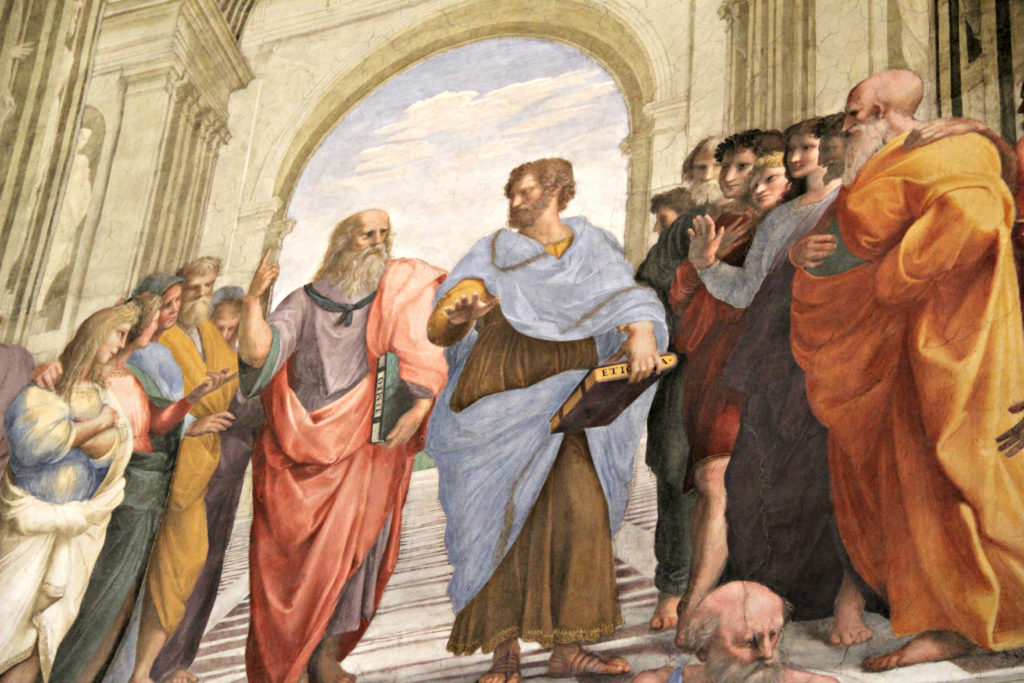
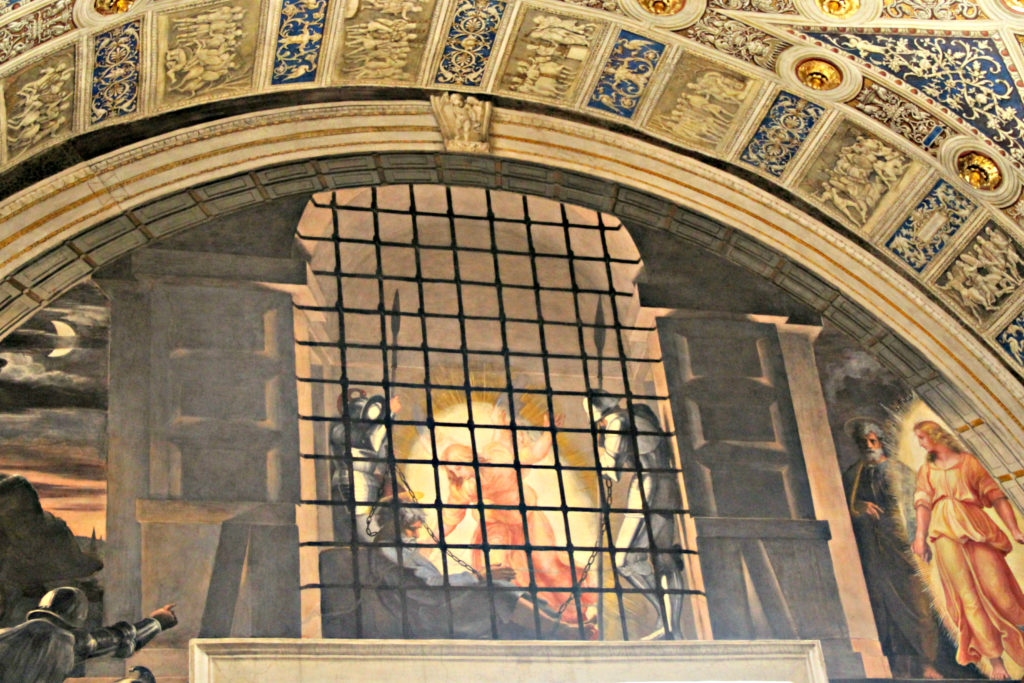
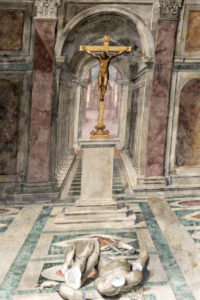
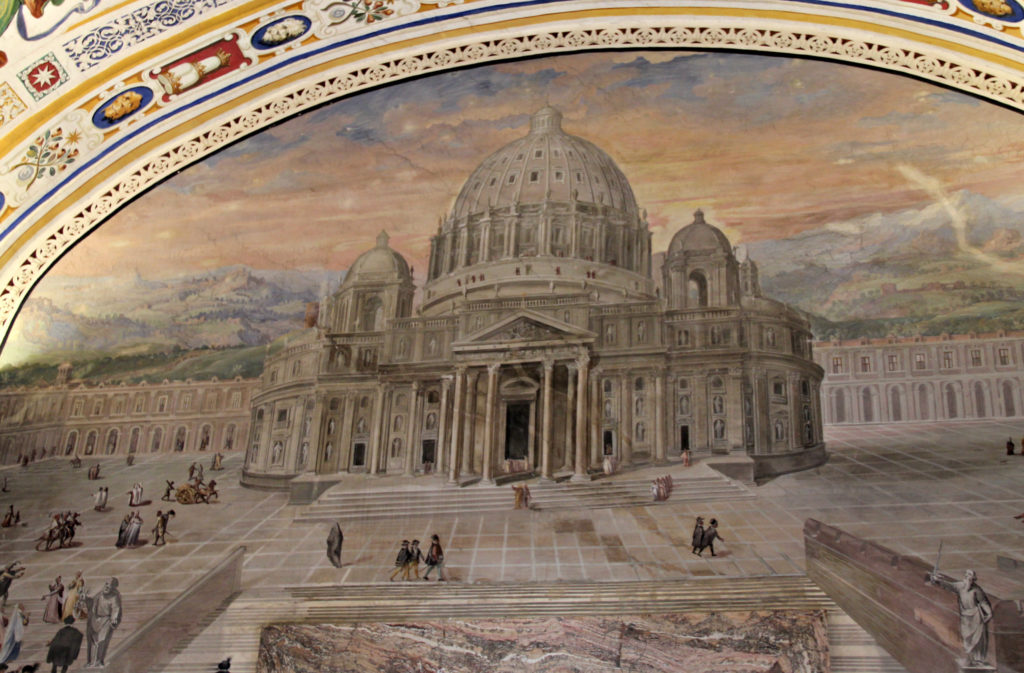
After visiting the Vatican Museum, we went down the beautiful stairs pictured here. We then went to the Sistine Chapel, where cardinals convene when a new pope is selected. We were not allowed to take pictures inside Sistine Chapel. The pictures I included here are ones that I purchased. As I am sure you are aware, the Sistine Chapel is famous for Michelangelo’s ceiling. He built scaffolding and completed much of the work on his back. It took four years to complete the ceiling; it was finished in 1512. The highest part of the ceiling features nine stories from the Book of Genesis. Ancestors of Christ and prophets are also pictured on the ceiling. Behind the altar is a painting, “The Last Judgement.” It was painted by Michelangelo between 1535 and 1541. It shows the Apocalypse, judgement and the second coming of Christ.
